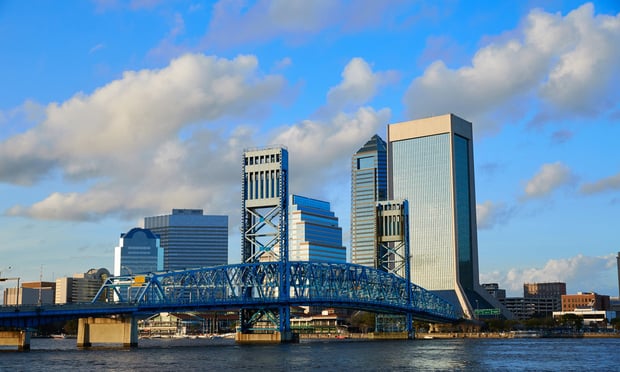CLEVELAND—The strong economy has been great for apartment rent growth. But there is still a problem, according to George Currall, principal and the managing director of capital markets at NRP.
"Structurally, the economy is still not creating enough new housing," Currall says "The supply of single-family homes never fully recovered after the Great Recession. Multifamily supply is strong, but still only picking up some of the slack from the single-family sector. That's why we are bullish on multifamily. We view it as still having a lot of upside, even after a long run of great returns."
The supply constraints, however, are producing an affordability problem. As a large developer building both affordable and market-rate housing, NRP Group recognizes this issue.
"Affordability is an enormous concern for many renters and the industry is working hard to create the supply that will remedy demand-driven rent increases," Currall says. "More specifically, 2020 will be The NRP Group's biggest year yet for both our moderate and low-income product. Our goal is to continue meeting the needs of residents with incomes below their area median income [AMI]."
Still, labor and materials cost pressures will be an obstacle in building affordable, workforce and luxury apartments in the year ahead. Further compounding the problem is the hidden cost of additional time that reduced labor availability has added to NRP's construction schedules.
"It is harder to meet our required metrics with extended unit deliveries," Currall says.
These higher construction costs make it harder to pencil out deals in urban areas. "Urban submarkets will experience oversupply this cycle and, with their higher costs, that will make it difficult to earn strong returns," Currall says. "We feel that continued rent growth will be in transit-oriented or mixed-use suburban properties with lower construction basis."
If the trade truce persists, tariffs shouldn't be a big problem in the year ahead. "As existing tariffs are already priced into the costs of new projects, only a re-escalation will present a problem," Currall says. "Any reduction will result in savings to many properties that already capture tariff costs in their budgets."
As construction costs have made it more difficult to pencil out new development deals, value-add is an ever-diminishing pool of attractive opportunities, according to Currall. "Strong competition on the acquisition side has pushed most of the value to the sellers, rather than giving developers and investors a lot of upside," he says. "We focus on ground-up development where we can create more value."
While apartment owners often fret about interest rates going into any year, Currall expects the Fed to stand down in 2020, given that it is an election year. In fact, he says the decrease in interest rates last year has not been fully absorbed by the market.
"Spreads expanded over the last 10 years to keep caps stable," Currall says. "If rates stay low through the first part of 2020, you will see that spread compress and cap rates will fall. Lower financing cost will permit buyers to justify higher prices."
Want to continue reading?
Become a Free ALM Digital Reader.
Once you are an ALM Digital Member, you’ll receive:
- Breaking commercial real estate news and analysis, on-site and via our newsletters and custom alerts
- Educational webcasts, white papers, and ebooks from industry thought leaders
- Critical coverage of the property casualty insurance and financial advisory markets on our other ALM sites, PropertyCasualty360 and ThinkAdvisor
Already have an account? Sign In Now
*May exclude premium content© 2024 ALM Global, LLC, All Rights Reserved. Request academic re-use from www.copyright.com. All other uses, submit a request to [email protected]. For more information visit Asset & Logo Licensing.









